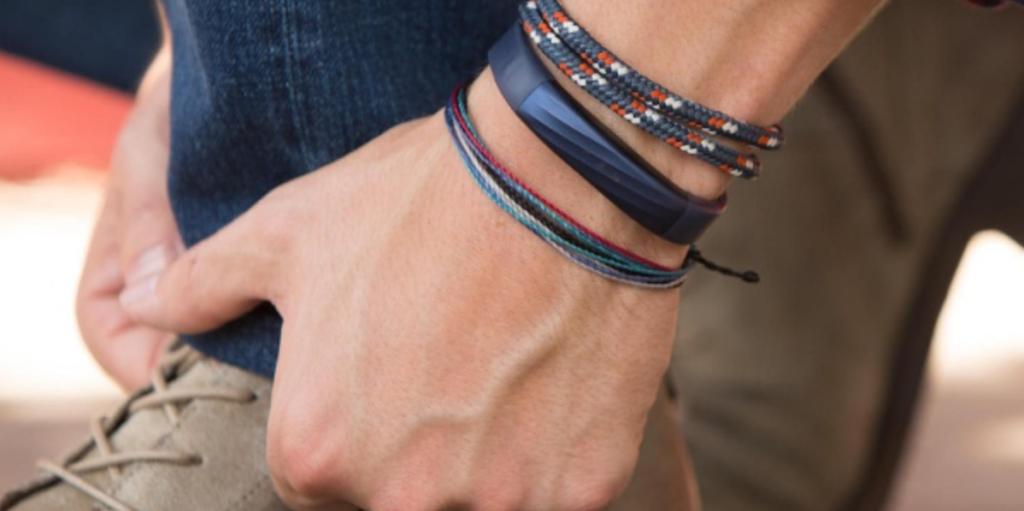
Current plans for contact-tracing are based around mobile phones, because these have built-in capabilities for location tracking and contact detection. An alternative to mobile phones for contact-tracing would be a dedicated armband, which could be issued by countries to the entire population.
How would such an armband work?
The armband could function like the fitness trackers already worn by many people. Low-cost bluetooth low-energy chipsets similar to the Nordic Semiconductors nRF52 are commonly used to power these devices. The armband could pair with a mobile phone to upload contacts to a contact-tracing server (or conceivably directly with bluetooth mesh networking). Alerting (of contact with positively tested persons) could be done directly on the armband or via mobile phone.
Advantages of an armband vs an app
- More consistent proximity detection than heterogeneous mobile phones.
- Much simpler to use.
- Higher coverage of the population (the very old, very young, disabled etc.).
- Could run for several weeks on a battery charge.
- Provides a visible symbol of “trust” which would help to get society functioning more quickly after the initial phases.
- Can be much more easily enforced at events (i.e. you can’t get on the subway without the armband).
Disadvantages of an armband vs an app
- More expensive (although improvement in contact-tracing efficacy is likely to pay for itself)
- Takes longer to develop
See also
Automated contact-tracing via Smartphone with Bluetooth Low-Energy contact detection
